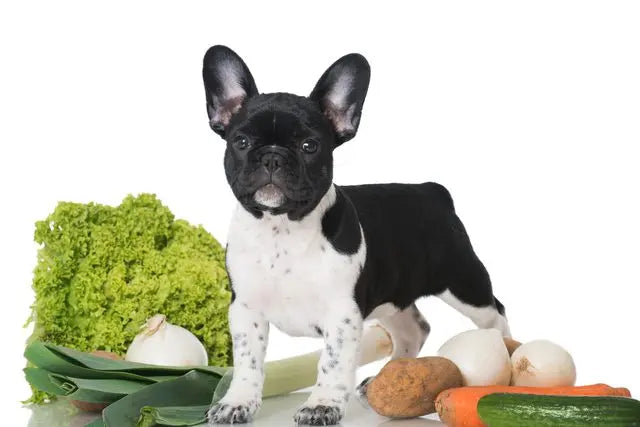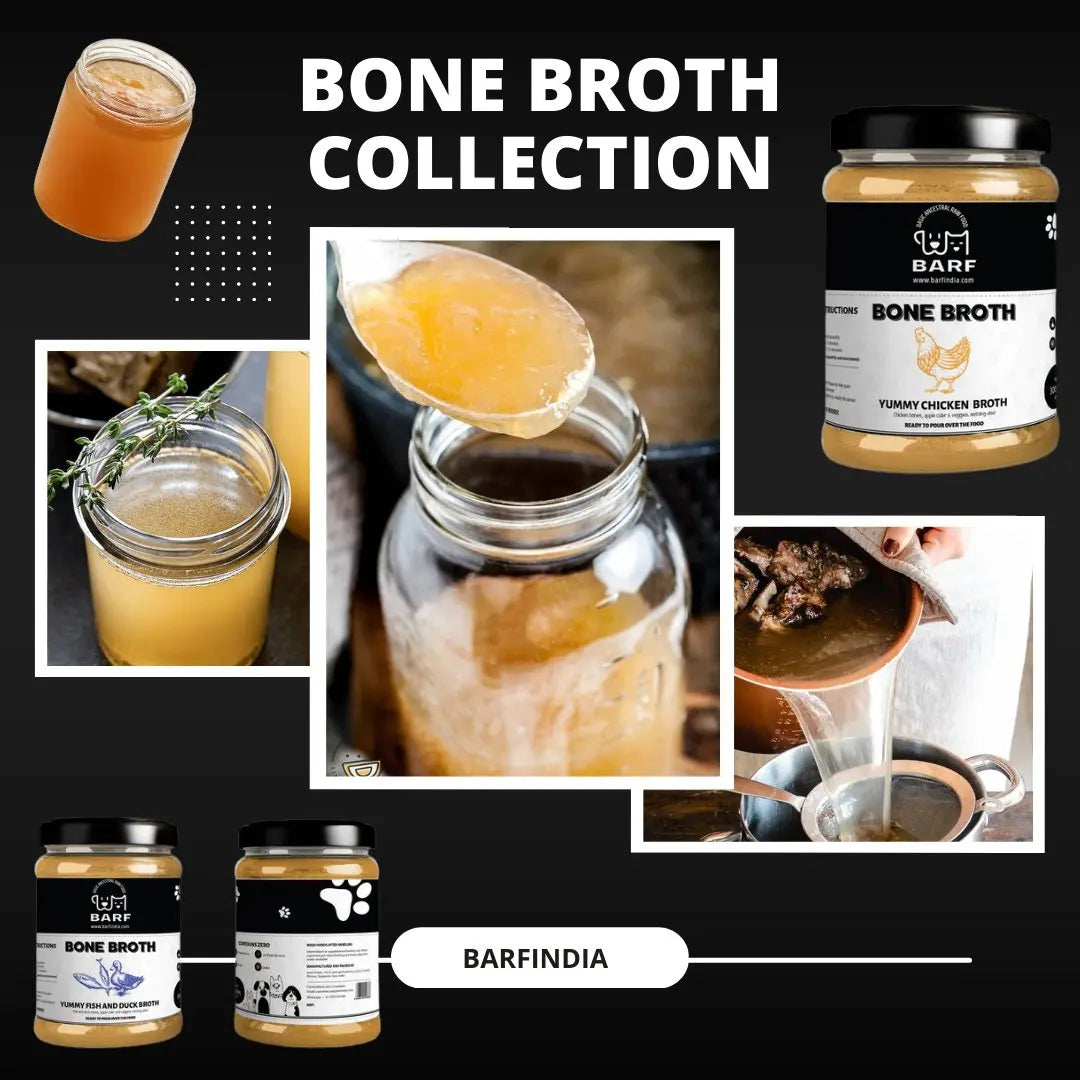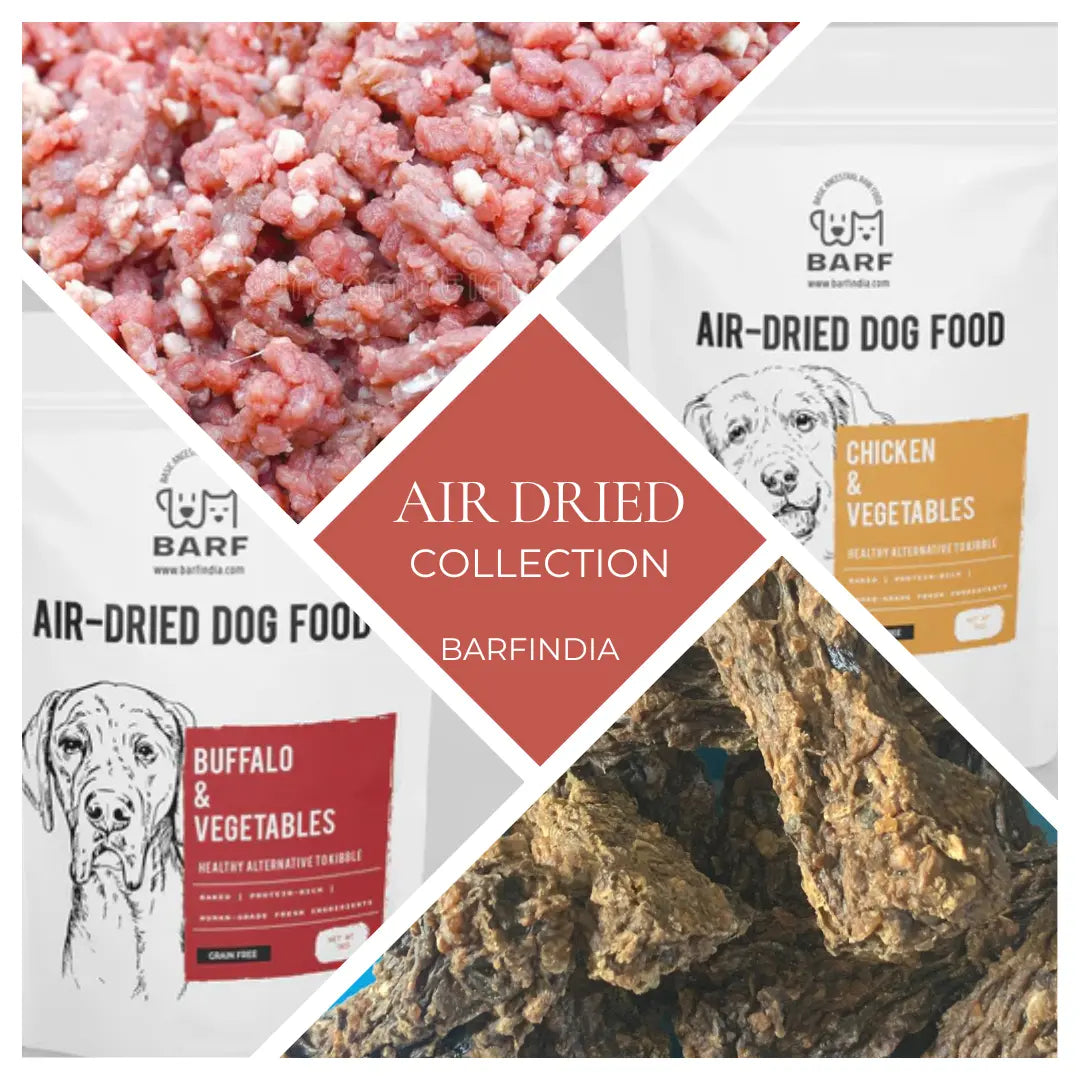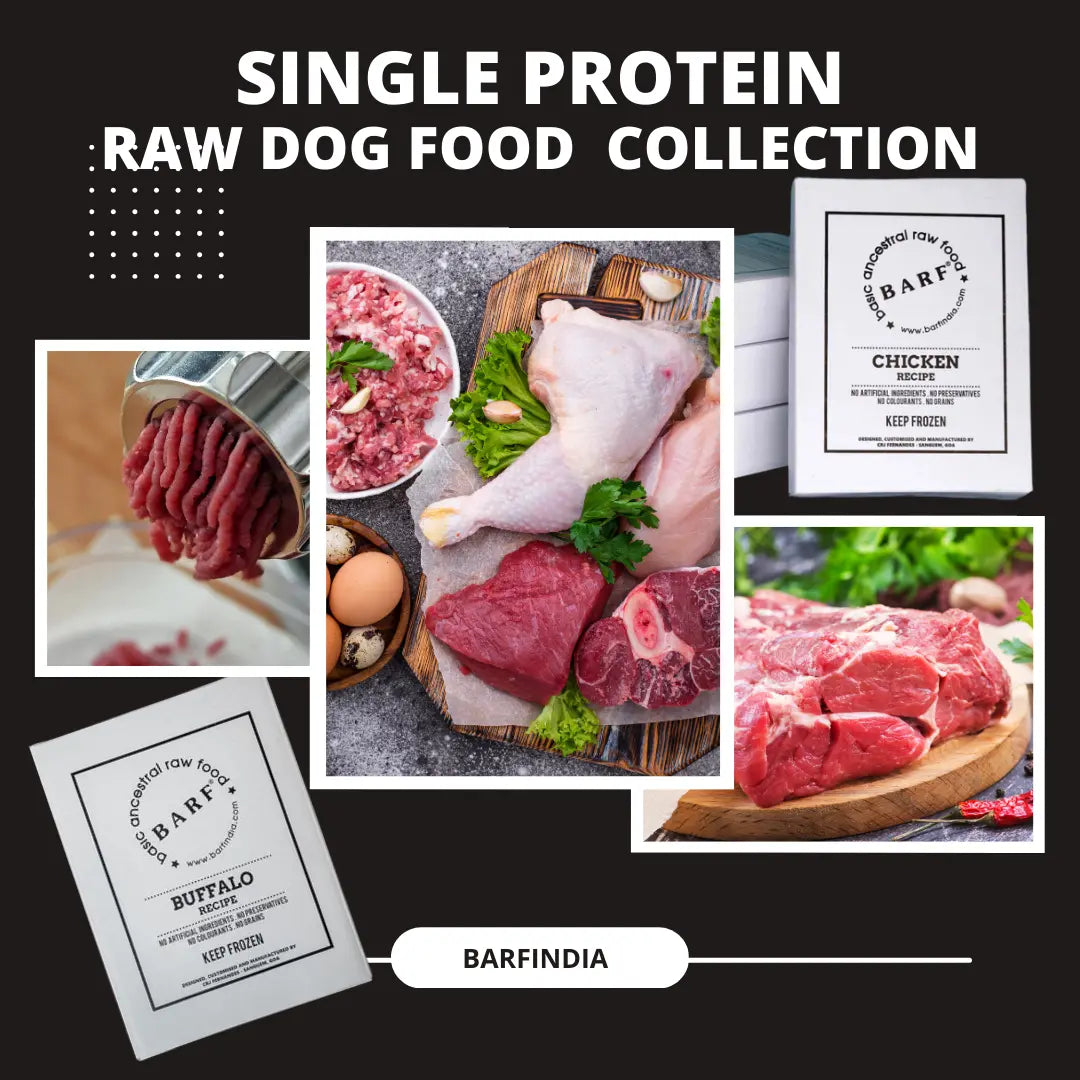
Fruits and Vegetables that can be safely added to the diet of your dog
B.A.R.F. India AdministratorFruits and Vegetables
Fruits and Vegetables? In my blog titled 'The Eternal Question of Fruits and Veggies', I spoke about how the debate over whether we should feed our dogs Fruits and Veggies rages on with different perspectives and justifications; some in favor of and some against. We also gave you perspectives of people who use the PMR diet and then the BARF feeders. In this post, I will share with you a list of what I think are some of the best Fruits and Veggies to give your dog. We will look at the benefits each bring to our pets so that you can make an informed choice. It’s important to mention here that as per Dr. Billinghurst, the founder of BARF, in order to bring out the best in a veggie and fruit diet, vegetables must be fed preferably raw. However, it will not be sufficient to chop or grate them. It is best to crush them in a juicer or blender otherwise your dog will have digestive difficulties. It is more important to mention that you must know your pet (Can’t stress that enough) to know if he is allergic to any of the fruits and veggies mentioned below. Feeding fruits for your dogs is a very simple process with these basic tweaks.
Asparagus: A lot of pet owners give their dogs Asparagus. It is filled with plenty of Vitamins and Minerals and is not toxic for dogs. But there are certain things to keep in mind before you feed your pet Asparagus. For example, make sure to cut it into small pieces. Also, your dog might not like the taste. Next, see if he is digesting it easily and if you see signs of vomiting or loose motions, you might want to give him cucumber or carrots instead (chopped and pureed). Make sure that you don’t give any toxic parts of the plant to the dog such as the leaves. It can cause major grief to your dogs such as diarrhea and vomiting. So if you grow Asparagus, make sure that your pet is not allowed in that area or cordon it off. Asparagus stalks are very tough so check if boiling and steaming them lightly will work well with their system. We recommend that veggies NOT be cooked as it decreases their value, that’s why I keep stressing on the word, lightly. Last but not the least, asparagus will lend a nasty odor to your pup’s urine. So if your dog isn’t housebroken, it might be wise to wait until he is. Other than that, Asparagus is a fantastic option for your pet. It has tons of minerals and vitamins in it; it contains Vitamin K, folate, Vitamin C and E and has loads of fiber which is perfect for your dog’s digestive requirements.
Apples: An apple a day keeps the doctor away. Is that true for our dogs?
Answer: To some extent, yes. A lot of dogs love apples. Besides the sweet taste, they love chewing pieces of apple occasionally too. Apples contain calcium, fiber, Vitamin C and phosphorous. Remove the seeds and the core of the apple and only feed small slices to your dog.
Brussel Sprouts: This vegetable comes from the leafy family of cauliflower and cabbage. It contains the very important Vitamin K which is important to keep your blood clotted and is also good for your dog’s heart. Brussel Sprouts also contain Vitamins A, C, B1 and also B6. These are good for your blood circulation. Please avoid feeding your dog Brussel Sprouts every day as it is a cause of excessive gas. So give him a very, very small amount; maybe just ½ a sprout or at the most, one, and that too if he is a large breed. Give it to him like a treat, not a meal. You can steam and /or boil the Brussel Sprouts as they are normally very hard and your dog will find it difficult to digest them. Steaming is the best. It keeps mostly all the nutrients intact. Do not add any fancy stuff especially spices.
Watermelon: A good fix in the hot season, watermelon also contains Vitamins A, B-6, and C. It will also help prevent dehydration as it is a good source of water.
Seaweed and Alfalfa: If you have access to these two vegetables, nothing like it! They contain good amounts of minerals. Actually dark, leafy, green veggies overall are rich in magnesium, potassium, and calcium.
Sweet Potatoes: Dr. Ian Billinghurst says that it’s a good idea to avoid potatoes and peas. Some raw feeders recommend sweet potatoes as a source of calcium, iron, copper, and vitamins. They’re also good to taste. However, give them in moderation, as with everything else.
Papaya and Pineapple: Papaya is believed to be a good source of fiber. Papaya is commonly used for treating gastrointestinal tract disorders, intestinal parasite infections, and sometimes as a diuretic. Raw pineapple, in very small amounts, is an excellent snack for dogs, especially in summers. Canned pineapple, on the other hand, should be avoided. Ripened, raw pineapple contains vitamin C, along with thiamin (B1), riboflavin(B2), niacin(B3), vitamin B6, and folate. Pineapple also contains minerals, which includes manganese, copper, potassium, magnesium, iron, and trace amounts of calcium, phosphorous, and zinc. Thus making it a nutrient-dense snack for dogs.
Spinach for dogs: Known for its ability to ward off cardiovascular problems and cancer, spinach is a good veggie to feed your dog. It is also rich in iron content. Spinach is also very rich in manganese. Manganese is essential for bone growth and blood sugar regulation. Manganese is a very important mineral for ligament and tendon strength because it activates the enzymes that build collagen. If your dog has a tendency to get tendon or ligament injuries (like cruciate tears), he may be manganese deficient¹.
Green Beans: Green Beans are full of fiber a very healthy snack. They’re easy to chew and are full of calcium, folic acid, copper, iron, potassium and Vitamins A, C and K. Green beans are an excellent source of vitamin K. They are a very good source of manganese, vitamin C, dietary fiber, folate, and vitamin B2. In addition, green beans are a good source of copper, vitamin B1, chromium, magnesium, calcium, potassium, phosphorus, choline, vitamin A (in the form of carotenoids), niacin, protein, omega-3 fatty acids, iron, vitamin B6, and vitamin E. Green beans have also been shown to contain valuable amounts of the mineral silicon, and in a form that makes it easier for us to absorb this bone-supportive and connective tissue-supportive nutrient. Green beans have also been shown to contain valuable amounts of the mineral silicon, and in a form that makes it easier for us to absorb this bone-supportive and connective tissue-supportive nutrient. It makes it easier for us to absorb this bone-supportive and connective tissue-supportive nutrient.²
Pumpkin for dogs: Eating pumpkin will relieve constipation and diarrhea, both, and is also good for the heart. It also contains fiber and Vitamin A. Pumpkin can ease digestion in several ways. The soluble fiber content in pumpkin adds bulk to your dog’s stool by absorbing water, and fiber fermentation produce beneficial fatty acids that supply energy to cells, stimulate intestinal sodium and water absorption, and lower the pH level of the large intestines. Fiber also acts as a prebiotic. Prebiotics are different from probiotics. They stimulate the growth or activity of these beneficial bacteria in the intestines and inhibit the growth of harmful bacteria. Fiber does this by lowering the pH level and providing the necessary nutrients these bacteria need³.
Garlic: The benefits of garlic are many! Detoxification improved blood circulation; it helps the liver too by breaking down waste and preventing it from getting into your dog’s blood.
- Garlic is ‘anti-blood-clot’
- Keeps tumors at bay
- It is a powerful antibiotic and is anti-fungal
- It lowers bad cholesterol levels too
- It keeps ticks away ( You can start giving your pet fresh garlic two weeks before you anticipate that your dog will attract fleas and ticks) One pod every day for two weeks and then twice a week
Vegetables and Fruits which are to be avoided are:
Onions, Avocados, pulses such as chickpeas, lentils, soybeans, peanuts and even tamarind; grapes and raisins. Macadamia nuts are very dangerous for your dog and so you must get more informed about macadamia nut poisoning and be aware. While all dogs are different and will react differently to different fruits and veggies, it is crucial that you speak with other raw feeders; join our community and share your tips and experiences while giving fruits and veggies to get your dogs to be healthy dogs. Knowledge is power but too less knowledge is dangerous. So come, get your pet’s BARF diet today!!




